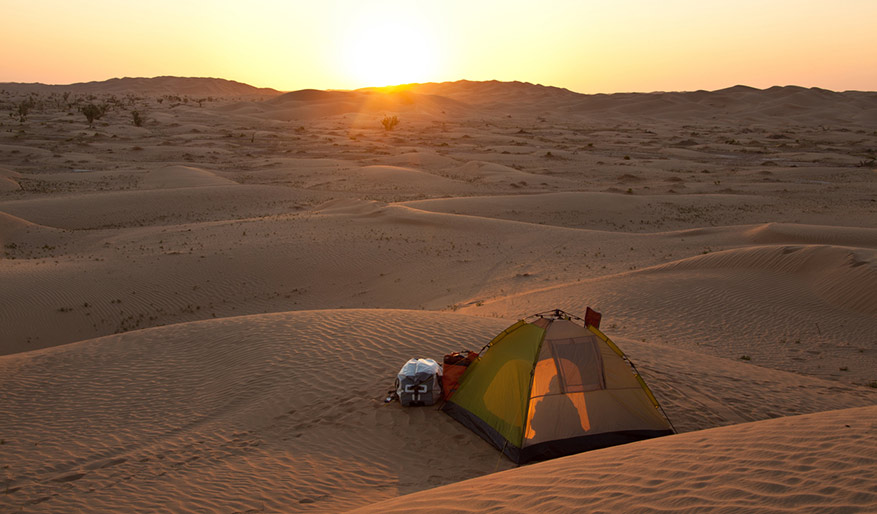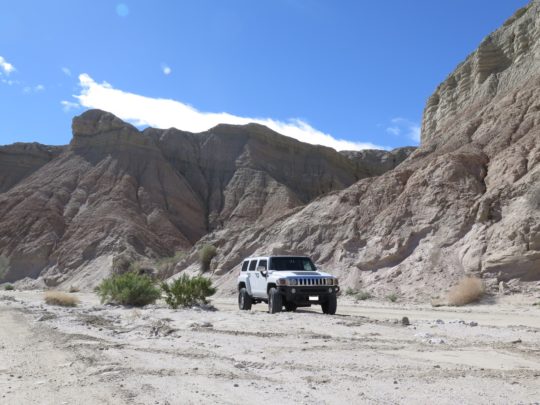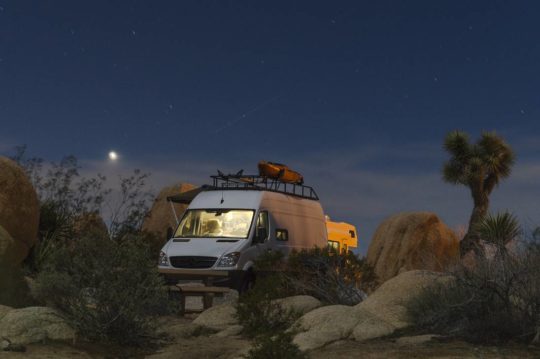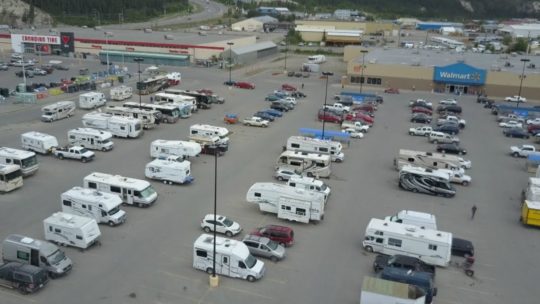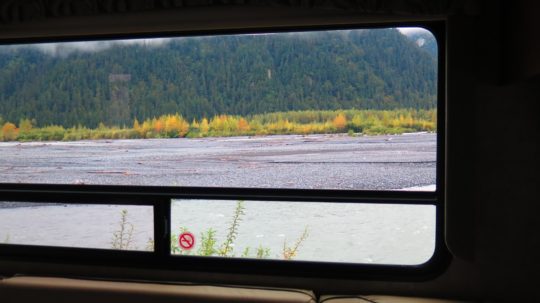How To Find Free Campsites
Welcome to today’s post ” How To Find Free Campsites,” camping is a fun and fantastic activity. Connecting with nature is the ultimate relaxer, and camping for free is even more relaxing. There are so many free camping places across the United States that many travelers just do not know about. So whether you are looking for the ultimate privacy by finding an isolated location, or you wish to save a few bucks on your camping, this post can help you find the right spot.
BLM Land
BLM stands for The Bureau of Land Management. It is a division of the U.S. Department of Interior that began in 1946. The land was set aside to be used for energy development, livestock grazing, free campsites, and recreation while ensuring natural, cultural, and historic resources are maintained for present and future use. Much of this land can be used by you ( with restrictions of course ), and there are roughly 27 million acres available.
Out here in the Southwest, most National Parks like the Grand Canyon, Zions, National park, Joshua Tree National Park, etc., are surrounded by BLM lands. You can generally stay on these lands, for free, for up to 14 days before you have to move. So if you need a place to stay for the night or 2 weeks, you can legally nestle down at any BLM area. You don’t have to be a United States Citizen to camp on these lands either just obey the rules, and you will be fine. For a map of BLM land and usage rules, visit the BLM website here.
There are many camping spots, especially in the Southwest, that are wide open and vacant.
National Forests
National forests are public lands owned by the Forest Service and most have free campsites. Not all National Forest will allow dispersed camping, so be sure to check the direct website to ranger station of the National Forest you will be visiting You can do that here. Again, the Southwest is packed with these lands. One way to locate these lands is that in most cases unless posted if you are on a road that is labeled ” Forest Route” or ” Forest Service Road” is useable. For example, right outside of the Grand Canyon, you have Forst Serve Road 305 You can pull over anywhere on that road and camp. God Bless America; these are fantastic lands.
Most Forest Roads are available for open camping.
Websites
New websites have emerged like https://freecampsites.net/and https://www.campendium.com that list free campsites all across the country. The best thing about these sites is you can search for free campsites via a map, type in your location, and it will pull up recommendations for you. Also, users of the site give reviews of the camping locations, additional free camping spots they have found, quality of cell phone reception, wi-fi, terrain, safety, and road conditions. So if you are looking for a flat campsite, next to a lake, with good cell reception, you might find it here.
These websites help you find just the right spot.
Truck Stops and Walmart
Okay, for some of us, this isn’t the picturesque natural setting we want to camp in, but sometimes you have been on the road for what seems like forever, and everybody is cranky, and you need to stop now for some shut-eye. You have heard the stories of campers who stay at Walmart parking lots, but according to Walmart, that is up to the Manager of the store. So if you want to stay there overnight, make sure you check first. I prefer to use a Truck Stop. Truck Stops will let you stay there on-premises, and many of these are fitted with restaurants, showers, movie room, and a convenience store. So whatever you need as far as supplies go, you can stock up, clean up, and get some sleep. Also, if you are really adventurous sit-down and have a good chat with a trucker. These people love to talk and have some outrageous stories.
Well, it’s not a pristine Sierra lake, but ya gotta do what ya gotta do sometimes.
Remote Locations After Labor Day
Many remote states like Alaska will allow open camping almost everywhere. In fact, in Alaska, if it is not posted as private property and you are not blocking a highway or road, you can camp there. However, after Labor Day, you can camp at almost any campground in Alaska for free as they close down for the winter. During a trip to Alaska in 2016, I stayed at the Lake Clark Camp Ground in an RV. What is different about staying at these campgrounds versus ” boondocking” or dry camping, are you have access to RV hookups ( electric and water). It was nice to have a flat spot, with a grill and modern amenities for free.
Not many states are wide open like Alaska. It’s hard to find a bad spot.
